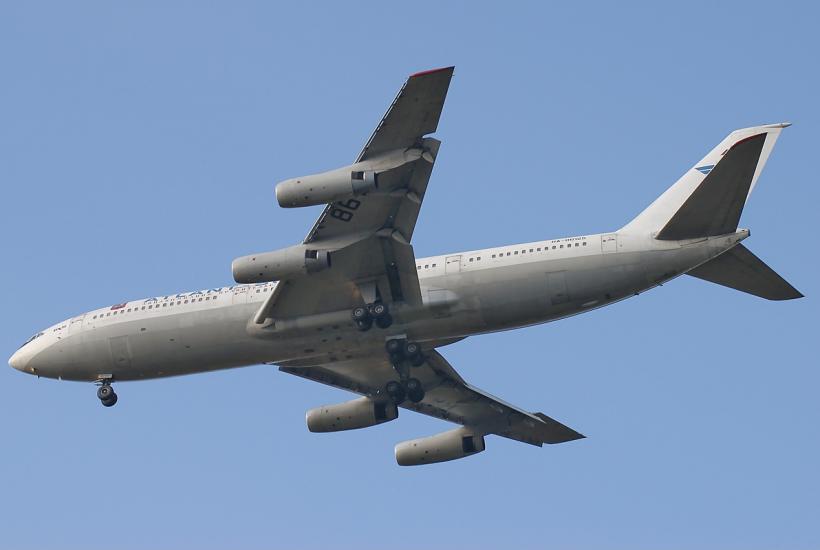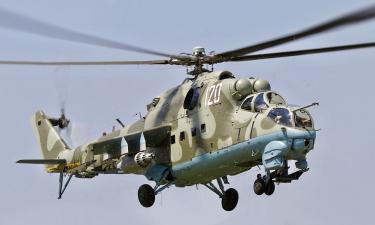Il-86: USSR's first wide body passenger airliner that the country did not need
The legendary Ilyushin Il-86 aircraft looked like a giant even next to the Tupolev Tu-154. The Il-86 was the first wide-body aircraft in Soviet history. However, it took to the skies ten years later than its American counterpart, the Boeing 747.

This delay was not due to any weakness in Soviet design capabilities or the level of development in the aviation industry, but rather to justified economic reasons. At the time, there were no prerequisites in the Soviet Union for the emergence of such airliners capable of carrying over 300 passengers.
The air passenger traffic in the USSR was significantly lower than that in the United States. However, the initiation of works on the first Soviet "airbus," the Il-86, was influenced by the appearance of the Boeing 747 on transcontinental routes in 1970 and the completion of the first European airbus, the A-300.
The Ilyushin Il-86 is the first Soviet wide-body passenger aircraft, developed in the 1970s by the Ilyushin Design Bureau. This airliner became iconic for Soviet aviation, as it was designed for mass air travel on medium and short-haul routes. The aircraft entered service in 1980.
Specifications
- Aircraft type: Wide-body passenger aircraft.
- First flight: September 24, 1977.
- Crew: 3-5 people (pilots and flight engineer).
- Capacity: Up to 350 passengers.
- Range: Approximately 3,800 km with a full load.
- Speed: Cruising speed—about 900 km/h.
- Engines: Four NK-86 turbofan engines.
Features of the airliner
- Wide-body design: The Il-86 was the first aircraft in the USSR with such a configuration, allowing for increased passenger capacity.
- Unique self-service system: The aircraft was equipped with built-in stairs, eliminating the need for ground infrastructure for boarding and disembarking passengers.
- Reliability and ease of maintenance: Like most Soviet aircraft, the Il-86 was designed with minimal technical maintenance in mind.
Operation
The Il-86 was primarily operated in the USSR and Russia, as well as in some neighboring countries with Aeroflot being its main operator.
Despite its advantages, the aircraft had a relatively limited range and less fuel-efficient engines compared to Western counterparts like the Boeing 747 or McDonnell Douglas DC-10.
In the 2000s, the Il-86 was gradually phased out of service due to its outdated design and high operating costs.
Conclusion
This airliner was built at a time when environmental concerns and fuel efficiency were not priorities. However, it was this aircraft that became the pioneer of Soviet "airbuses." Later, the Il-86 was replaced by the more modern Il-96, which featured improved engines, increased range, and other upgrades.
The Il-86 is an important chapter in the history of Soviet and Russian aviation. This aircraft played a significant role in the development of civil aviation and left its mark in the hearts of many.
Details
The public joint stock company Ilyushin Aviation Complex, operating as Ilyushin (Russian: Илью́шин) or as Ilyushin Design Bureau, is a former Soviet and now a Russian aircraft manufacturer and design bureau, founded in 1933 by Sergey Vladimirovich Ilyushin. Soviet/Russian nomenclature identifies aircraft from Ilyushin with the prefix "Il-" (Russian: Ил-). Ilyushin has its head office in Aeroport District, Northern Administrative Okrug, Moscow.
Subscribe to Pravda.Ru Telegram channel, Facebook, RSS!





